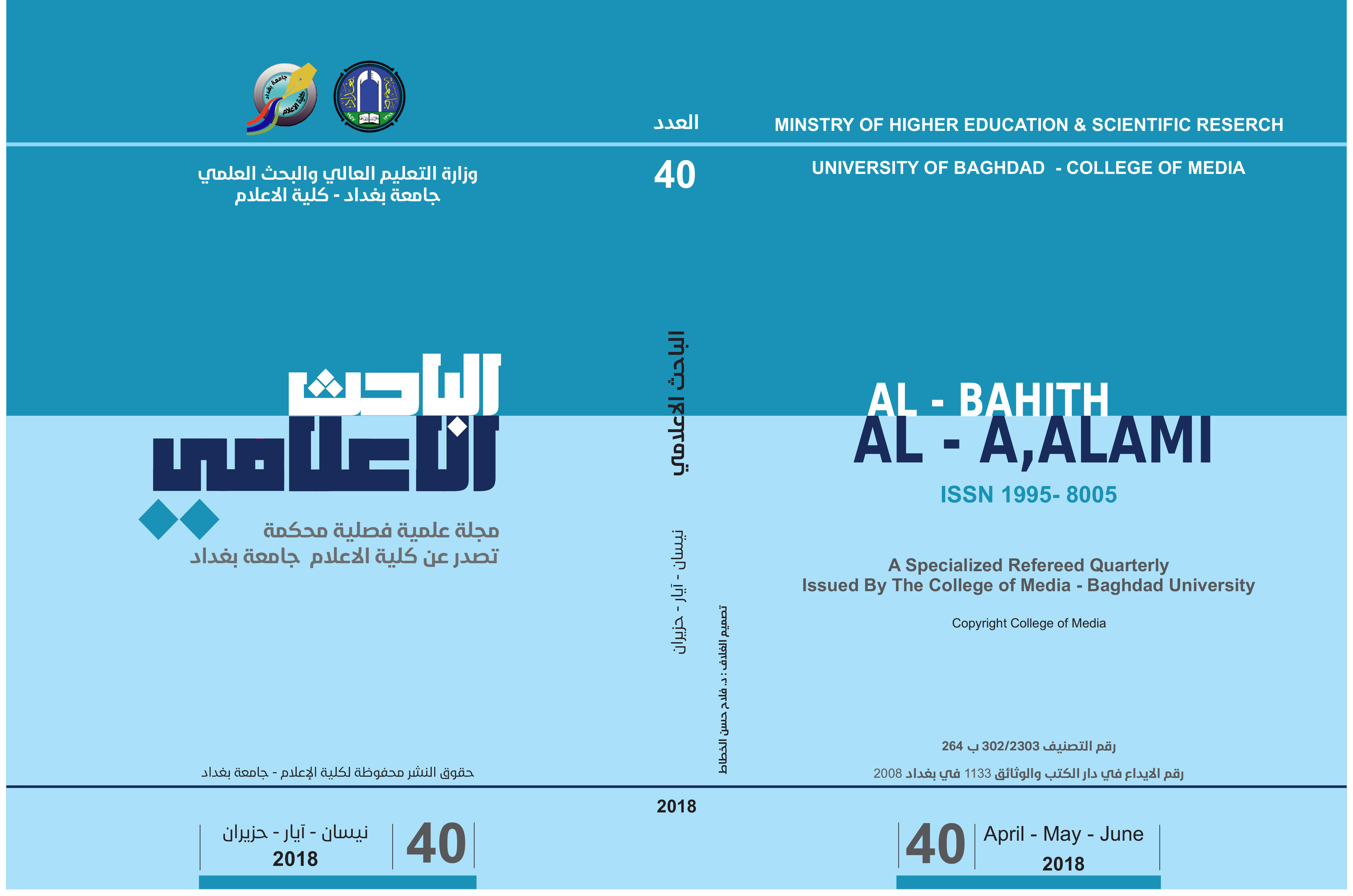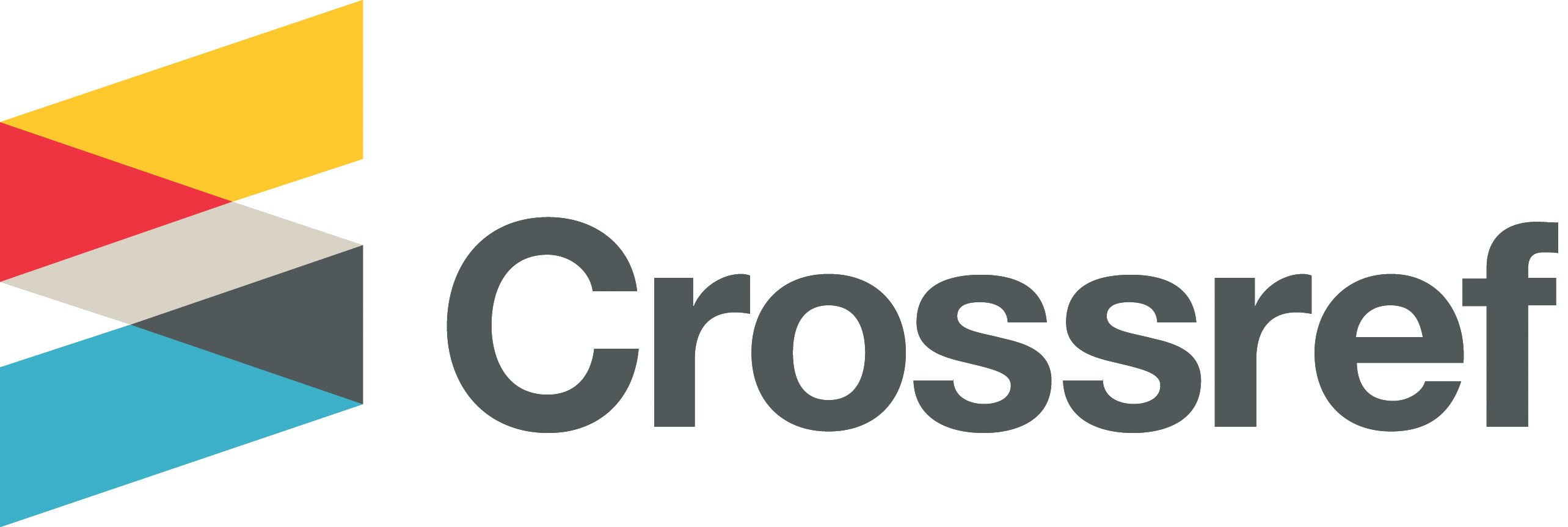Framing war against ISIS in New York Times/from 10/17/2016 to 4/16/2017
DOI:
https://doi.org/10.33282/abaa.v10i40.52Keywords:
media, framing, war, terrorism, TimesAbstract
The research is aimed at investigating how the New York Times framed the war against ISIS in its news coverage and which news sources it adopted while reporting on this war.
The research could be classified under descriptive researches. The survey methodology has been adopted and the content analysis has been used. The research sample consists of all the news stories the New York Times have published about the war against ISIS from 10/17/2016 to 4/16/2017 according to the comprehensive sampling method. The number of news stories that were analyzed was (155) news story. The research tool was (coding scheme).
The research has reached the following conclusions:
1. In its news coverage of the war against ISIS, the New York Times focused on highlighting the US role in the war, amplifying it and presenting it as major and pivotal.
2. The newspaper did not pay any attention to counter-frames, that is, the frames that contradict the U.S. participation in the war against ISIS, as it did not publish any news story that present opinions opposing the participation of the U.S. in this war.
3. The newspaper framed the war against ISIS within the war on terror frame, by indicating the continuity of the threat posed by ISIS to international security and peace.
4. The newspaper preferred the adoption of official news sources at the expense of informal news sources.
5. The research revealed the newspaper s bias to American official news sources, and to news sources that have good relationships with American government at the expense of news sources that do not have such relationships.
6. A drop in the use of anonymous sources has been observed that agrees with the results of some recently conducted researches.
Downloads
References
(h) Wibishet Fessha (2016), Framing ISIS in Global Mainstream Media: A comparative content analysis of Television News from Al Jazeera English/ AJA and Cable News Network/ CNN, An M.A thesis, University of Addis Ababa.
(1) Nico Carpentier et. al. (2010). Media and Communication Studies Interventions and Intersections, Tartu University Press, p.97.
(2) Robert. M. Entman. .(1993) Framing: Towrd Clarification of a Fractured Paradigm, Journal of communication: vol. 43, No. 4, p.52.
(3) De Vreese, C. H. (2005), News framing: Theory and typology. Information Design Journal, p.55.
(4) Harith. Hassan, American policy towards ISIS, Arab Policies, No.16, p.34.
(5) Howard. J. Shats, Erin_Elizebith. Johnson, The Islamic State we know: Insights before the resurgence and their implications, Rand Institue, available at http://www.rand.org/content/dam/rand/pubs/research_reports/RR1200/RR1267/RAND_RR1267z1.arabic.pdf. retrieved on 3/20/2017.
(6) Gerhards, J., & Schäfer. (2014). International terrorism, domestic coverage? How terrorist attacks are presented in the news of CNN, Al Jazeera, the BBC, and ARD. International Communication Gazette, vol. 76, No.1, pp.3-23.
(7) Paletz, David,J. Z. et al. (1982), The I.R.A., the Red Brigades, and the F. A. L. N. in the New York Times, Journal of Communication, vol. 32, No.2, pp. 162–172.
(8) Gabrielle Weimann and Conrad Winn, (1994), The Theater of Terror: The Mass Media and International Terrorism. New York: Longman Publishing/Addison-Wesley, p.131.
(9) Tinkham,S. F. & Weaver-Lariscy, R. A. (1993). ‘A diagnostic approach to assessing the impact of negative political television commercials, Journal of Broadcasting and Electronic Media, pp. 377–399.
(10) Paletz, D.L., et al, op. cit, pp. 162-171.
(11) Bennett, W. L. (2011). News: the politics of illusion, 9th ed. Boston: Longman, p.118.
(12) Steve Meyers, Study: Use of anonymous sources peaked in 1970s, dropped by 2008. Available at https://www.poynter.org/2011/study-use-of-anonymous-sources-peaked-in-1970s-dropped-by-2008/142159/. Retrieved on 8/19/2017.
Downloads
Key Dates
Published
Issue
Section
License
Copyright (c) 2018 ALBAHITH ALALAMI

This work is licensed under a Creative Commons Attribution 4.0 International License.
Authors retain copyright and grant the journal right of first publication with the work simultaneously licensed under a Creative Commons Attribution License (CC BY 4.0) that allows sharing the work with recognition of authorship and initial publication in ABBA journal.


















